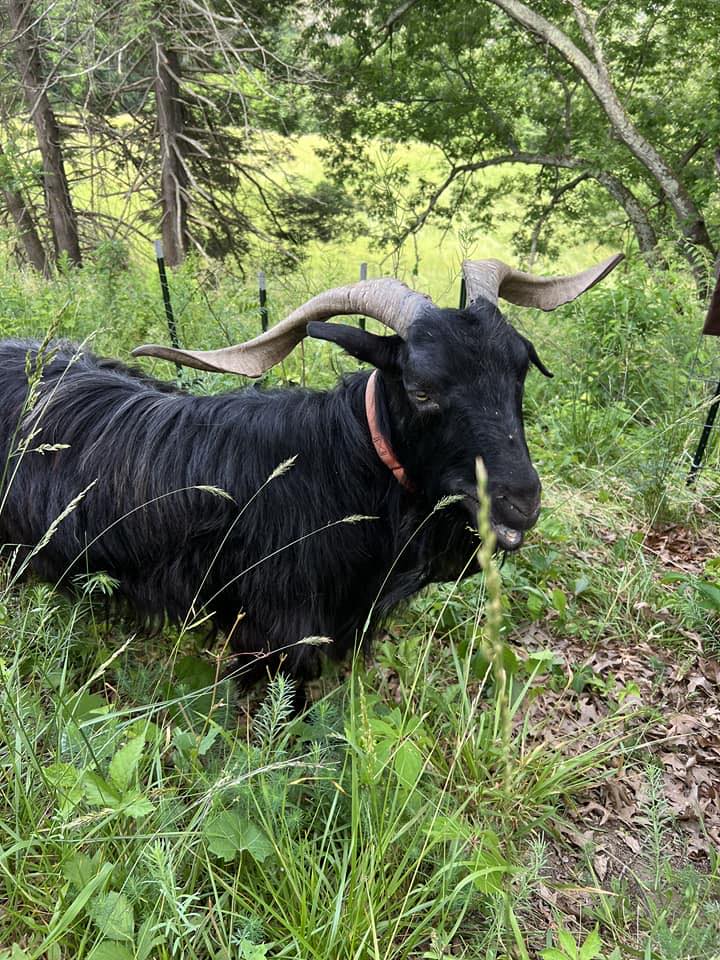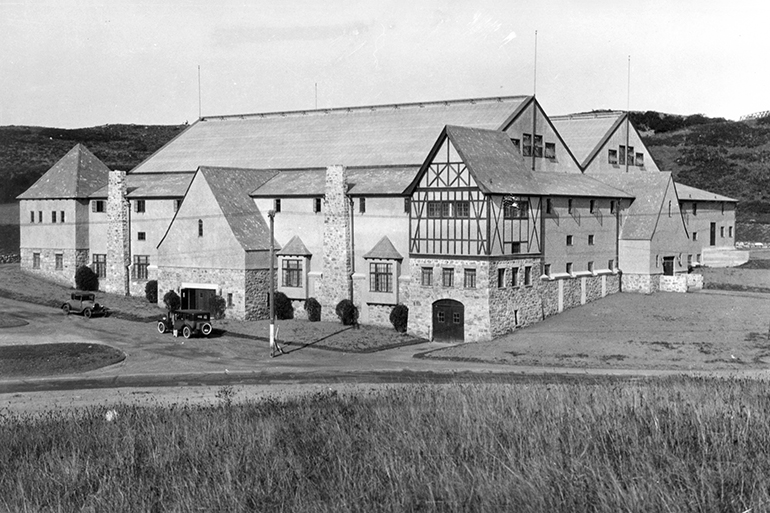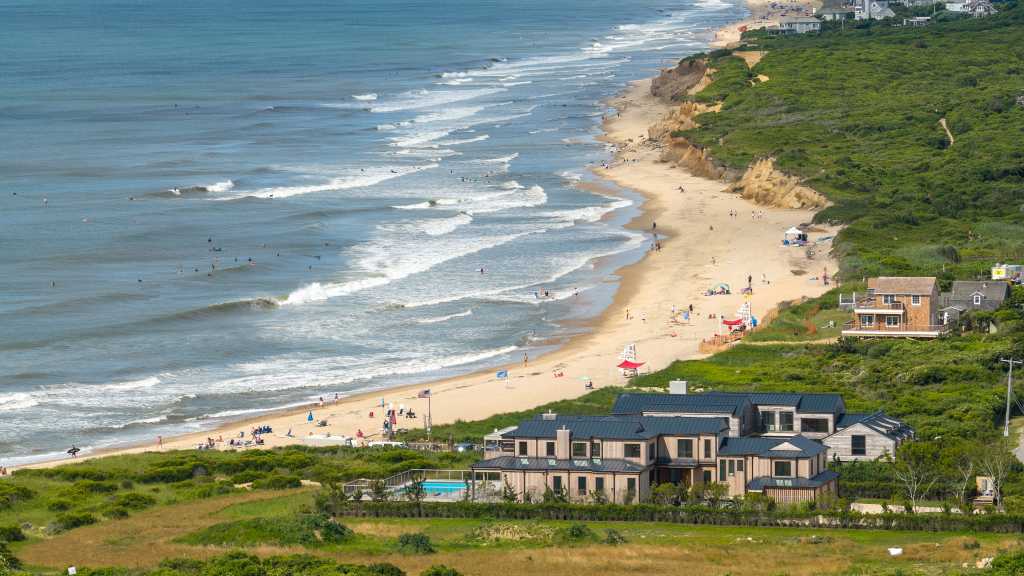Montauk Is Going to the Goats to Solve Invasive Plant Species

Goats will soon be a part of the scenery in Montauk as the animals will be used to eat invasive plant life that has become a nuisance at the Benson Reserve.
Beginning in the spring of 2024, Montauk will be introducing goats for the next decade every spring and fall, when they will roam in enclosures and in their “goat-els,” as coined by Ann Cihanek, one of the founders of Green Goats, the business that is supplying the goats for the initiative.
“What we have learned is, people like goats more than they like each other,” Cihanek said. “Wherever the goats go, in the case of New York City, there are very urban neighbors who might not know each other but when they gather around the fence, everyone seems to have a goat story. So, it forms a community. I like to think a community forms around the goat fence.”
Green Goats has supplied the animals for nearly 10 projects in NYC, but Cihanek says she is excited for the goats to experience Long Island, but most importantly, for people to experience the goats as well.
Jaime LeDuc, director of environmental advocacy at Concerned Citizens of Montauk (CCOM), said mechanical labor is done to compromise a considerable mass of the invasive species, but the goats are incorporated as a second line of defense to tackle underbrush and invasive vines.
“They’ve been used in other places and they have been shown to be effective,” LeDuc said. “They actually eat up all of the invasive plant species — that’s the stuff they tend to eat the most of versus the native species which they leave alone. They have been shown to effectively reduce unwanted invasive vegetation.”
The invasive species the goats are going to dine on will include border privet, morrow’s honeysuckle, barberry, japanese holly, beach rose, Japanese honeysuckle, multiflora rose, Japanese knotweed, garlic mustard, mugwort Chinese, silver grass and black pine. LeDuc saïd that generally, these plants are listed as invasive species of the area since they can cause erosion due to their shallow root systems, while the native species of the area help hold up the sand dunes of the reserve. These species are also food sources for monarch butterflies, migratory birds and coastal songbirds.
“It’s cheaper than going in and removing it mechanically,” LeDuc said. “The goats just do all the work for you. But we will be in there watering them and making sure that they’re safe and comfortable. And they’ll just be eating away.”









